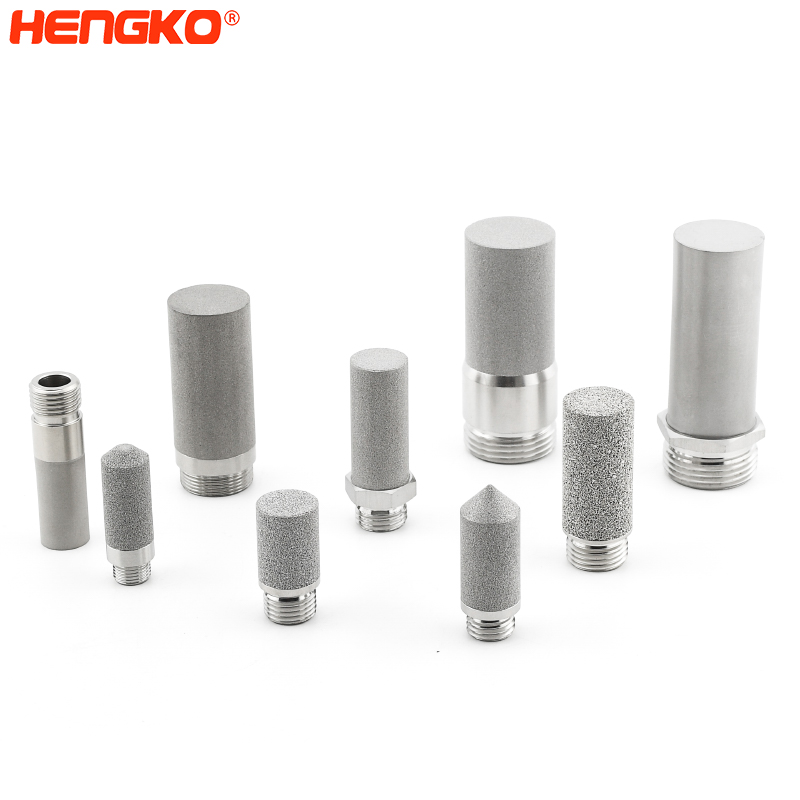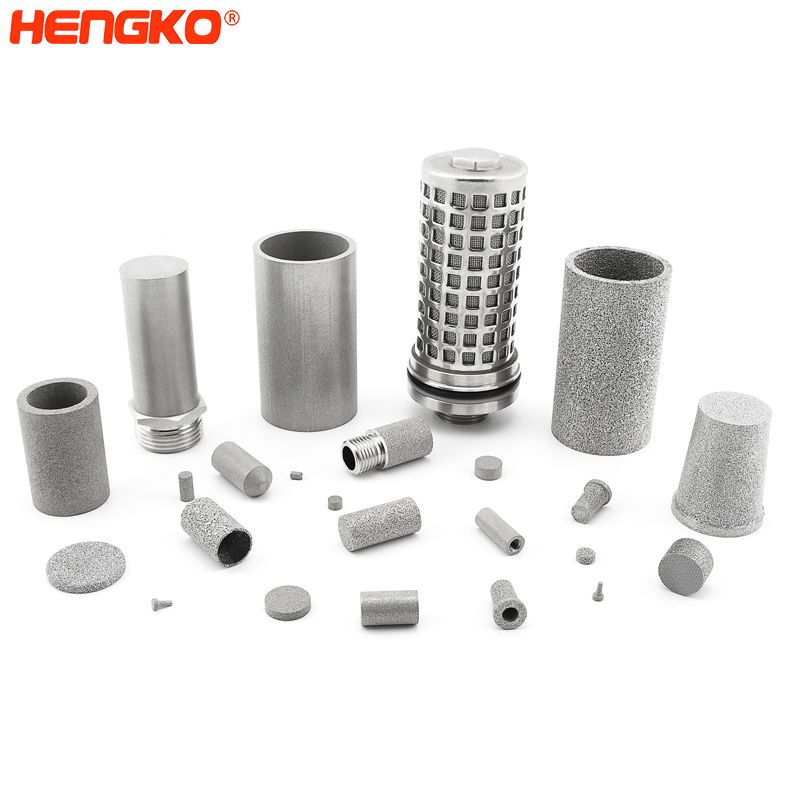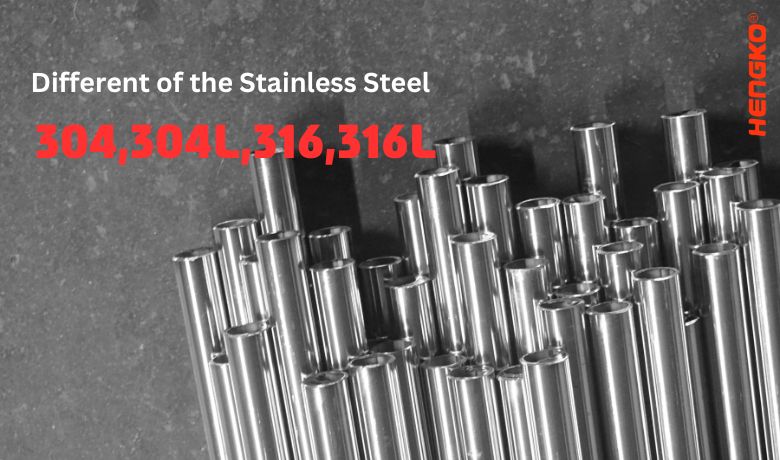
What is the stainless steel ?
Stainless steel material is not only common in our daily life, but the also has widely used in heavy industry, light industry and construction industry applications. Stainless acid-resistant steel is referred to as stainless steel. It is composed of stainless steel and acid-resistant steel. In short, the steel that can resist atmospheric corrosion is called stainless steel, and the steel that can resist chemical media corrosion is called acid-resistant steel. The commonly used stainless steel types are 304, 304L, 316, 316L, which are 300 series steels of austenitic stainless steel. What do 304, 304L, 316, 316L mean? In fact, this refers to the stainless steel standard steel grade, the standards of different countries are different, please refer to the following table for details.
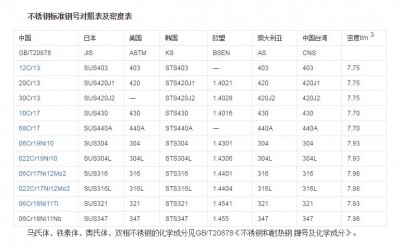
304 stainless steel
304 stainless steel is a universal and widely used steel with good corrosion resistance, heat resistance, low-temperature strength and mechanical properties; good processing performance and high toughness. It is widely used to make equipment and parts that require good comprehensive performance (corrosion resistance and formability). It is resistant to corrosion in the atmosphere. If it is an industrial atmosphere or a heavily polluted area, it needs to be cleaned in time to avoid corrosion. It is resistant to corrosion in the atmosphere. If it is an industrial atmosphere or a heavily polluted area, it needs to be cleaned in time to avoid corrosion. 304 stainless steel is a nationally recognized food-grade stainless steel.
316 stainless steel
The main difference between 316 and 304 in chemical composition is that 316 contains Mo, and it is generally recognized that 316 has better corrosion resistance and is more resistant to corrosion in high-temperature environments than 304. It can be used under harsh high-temperature conditions; good work hardening (weak or non-magnetic after processing); non-magnetic in solid solution state; good welding performance. Wide range of applications, such as chemical, dye, paper, oxalic acid, fertilizer and other production equipment, food industry, facilities in coastal areas, special for stainless steel filters etc.
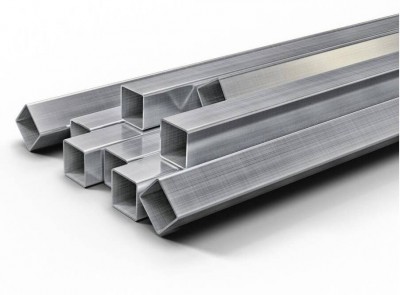
“L”
As we all know, Stainless steel contains a variety of elements, and metals with a reduced carbide content than the general content will be indicated by adding an "L" after the grade-such as 316L, 304L.Why should we reduce carbides? Mainly to prevent "intergranular corrosion". Intergranular corrosion, the precipitation of carbides during high-temperature welding of metals, destroy the bond between the crystal grains, greatly reducing the mechanical strength of the metal. And the metal surface is often still intact, but cannot withstand knocks, so it is a very dangerous corrosion.
304L stainless steel
As a low-carbon 304 steel, its corrosion resistance is similar to that of 304 steel under normal conditions, but after welding or stress relief, its resistance to intergranular corrosion is excellent. It can also maintain good corrosion resistance without heat treatment and can be used at -196℃~800℃.
316L stainless steel
As a low-carbon series of 316 steel, in addition to the same characteristics as 316 steel, it has good intergranular corrosion resistance. It can be applied to products with high requirements for anti-intergranular corrosion, as well as outdoor machinery in the chemical, coal, and petroleum industries, chemical plants and other fields. Higher susceptibility to intergranular corrosion does not mean that non-low carbon materials are more susceptible to corrosion. In a high-chlorine environment, this sensitivity is also higher. The Mo content of 316L makes the steel have good resistance to pitting corrosion and can be safely used in environments containing halogen ions such as Cl-.
HENGKO stainless steel filter element made of 316 and 316L, it has advantage of high temperature resistance, good corrosion resistance, high strength, and strict quality inspection links to ensure that the quality of the products out of the factory pass the customs.
Here's a comparison of the main differences in properties and characteristics of stainless steel types 304, 304L, 316, and 316L:
| Property/Characteristic | 304 | 304L | 316 | 316L |
|---|---|---|---|---|
| Composition | ||||
| Carbon (C) | ≤0.08% | ≤0.030% | ≤0.08% | ≤0.030% |
| Chromium (Cr) | 18-20% | 18-20% | 16-18% | 16-18% |
| Nickel (Ni) | 8-10.5% | 8-12% | 10-14% | 10-14% |
| Molybdenum (Mo) | - | - | 2-3% | 2-3% |
| Mechanical Properties | ||||
| Tensile Strength (MPa) | 515 min | 485 min | 515 min | 485 min |
| Yield Strength (MPa) | 205 min | 170 min | 205 min | 170 min |
| Elongation (%) | 40 min | 40 min | 40 min | 40 min |
| Corrosion Resistance | ||||
| General | Good | Good | Better | Better |
| Chloride environments | Moderate | Moderate | Good | Good |
| Formability | Good | Better | Good | Better |
| Weldability | Good | Excellent | Good | Excellent |
| Applications | Cookware, architectural trim, food processing equipment | Chemical containers, welded parts | Marine environments, chemical equipment, pharmaceuticals | Marine environments, welded construction |
1. Composition: 316 and 316L have additional molybdenum which enhances their resistance to corrosion, especially in chloride environments.
2. Mechanical Properties: The 'L' variants (304L and 316L) generally have slightly lower strength due to their reduced carbon content, but they offer better weldability.
3. Corrosion Resistance: 316 and 316L are superior in corrosion resistance compared to 304 and 304L, especially in marine and high chloride environments.
4. Formability: The 'L' variants (304L and 316L) offer better formability due to their reduced carbon content.
5. Weldability: The reduced carbon content in 304L and 316L minimizes the risk of carbide precipitation during welding, making them more suitable for welded applications than their non-L counterparts.
6. Applications: The applications provided are just a few examples, and each type of stainless steel can be used in many other applications depending on the specific requirements.
Note: The exact properties might vary depending on the manufacturer and specific conditions of processing. Always refer to the manufacturer's datasheet or standards for precise details.
The stainless steel filter element has precise air pores, and the filter pores are uniform and evenly distributed; Good air permeability, fast gas-liquid flow rate and evenly distributed divergence. There are a variety of size specifications and structure types to choose from, and can also be customized according to needs. The stainless steel threaded part is seamlessly integrated with the vented shell, which is firm and not falling off and beautiful; it can also be directly built into the vented shell with a fully ventilated appearance and no additional solid accessories.
Are you confused about the differences between stainless steel 304, 304L, 316, and 316L?
Don't worry, our team of experts at HENGKO can help you understand the distinctions and find the best option for your project or application.
Contact us today to get started and take the first step towards making an informed decision.
Post time: Jun-04-2021
